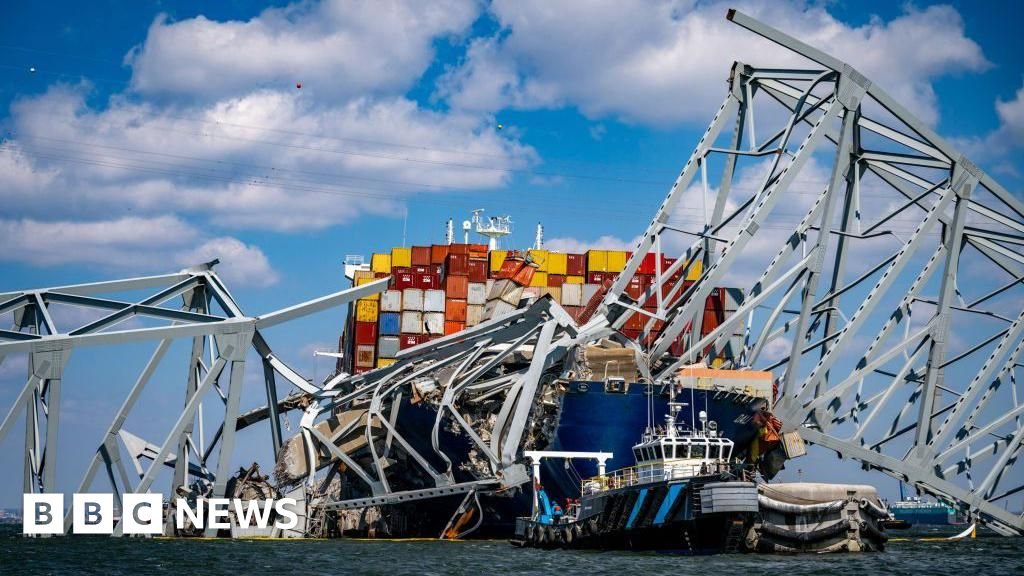A preliminary report by the National Transportation Safety Board (NTSB) found that two power outages had knocked out equipment before the incident, and noted that the ship had lost power twice in the 10 hours leading up to the disaster.
Afterward, NTSB investigators were tasked with finding out what happened. They eventually discovered a loose cable, which they believe may have caused a surge that tripped two circuit breakers and cut off the power.
While the crew was trying to restart the engine, a second shutdown occurred, probably as a result of the pump supplying fuel to the generators shutting down and not restarting automatically.
The erratic generators may have created additional power fluctuations that trigger the sailors – a common phenomenon that sailors encounter, but which mostly occurs in open water.
Sal Mercogliano, a maritime historian and former merchant seaman, said the silence the sailors heard in those moments was “the worst sound you’ll ever hear” on a ship.
“That’s when you realize you’re no longer in control of the ship,” he added. “It’s a nightmare … you have a very short window of time to restore power.”
In Dali’s case, it was already too late. It was later determined that the time between the ship’s loss of power and the collision with the bridge was about four minutes.
Despite the destruction and loss of life, officials are relieved that the incident was not worse.
On the night of the collapse, police were able to stop traffic and the last vehicle cleared the bridge just 40 seconds before it fell.
“The cars would keep coming,” said Maryland Gov. Wes Moore. “By the time the people driving the vehicles realized the bridge was gone, it would have been too late.”
“I can’t tell you how many lives they’ve saved,” he added. “Because countless answered.”

